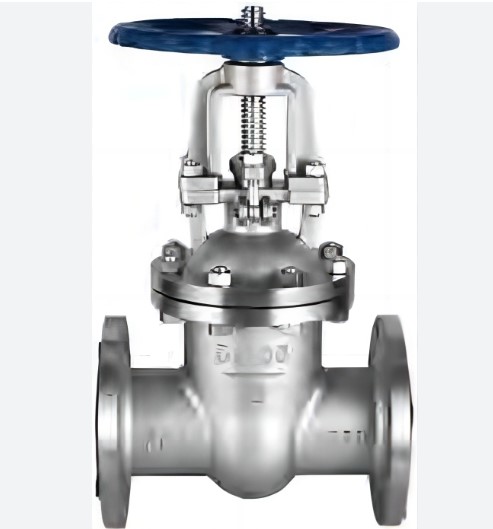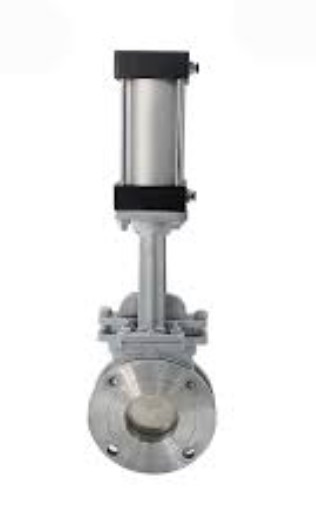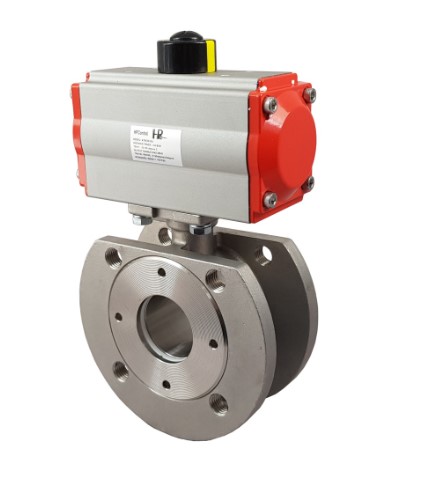Stainless steel gate valves are used in a wide variety of industries, including chemical processing, oil and gas, pharmaceuticals, and food and beverage production. Stainless steel gate valves have the characteristics of high durability, corrosion resistance, high temperature and high pressure resistance. However, choosing the right stainless steel gate valve for your project requires a thorough understanding of the specifications involved.
Body and trim materials
The body and trim materials of a stainless steel gate valve are key factors in determining its performance and suitability for a specific application. Common valve body materials include stainless steel grades such as 304, 316, and 316L, which offer excellent corrosion resistance and strength. Valve trim materials, including components such as gates, stems and seats, are typically made from harder stainless steels such as 17-4PH or Stellite to ensure wear resistance and longer service life.

Pressure and Temperature Ratings
Stainless steel gate valves are available in a variety of pressure ratings, ranging from Class 150 to Class 2500. Pressure Class Rating indicates the maximum allowable operating pressure at a specific temperature. Higher pressure ratings are designed to handle more severe operating conditions. Temperature ratings are also important because stainless steel gate valves can be used in both low and high temperature applications, typically ranging from -320°F (-196°C) to 1200°F (649°C).

End connection
Stainless steel gate valves are available with a variety of end connections for easy integration into piping systems. Common end connections include:
Flange End: Valves with flange ends are designed to be bolted or studded to a mating flange on the piping system.
Butt Weld Ends: These valves have beveled ends that can be butt welded directly to the piping system.
Socket Weld Ends: Socket Weld Ends are designed to be welded to pipe fittings using a socket weld joint.
Threaded Ends: Valves with threaded ends allow for easy threading into threaded fittings.
Design standards and certifications
Stainless steel gate valves are typically manufactured to recognized industry standards such as ASME B16.34, API 600, and ISO 15761. These standards ensure consistent quality, performance and safety. In addition, valves can be certified to meet specific requirements such as fire protection design (API 607), fugitive emissions standards (ISO 15848) or cryogenic applications (BS 6364).

Actuator type
Stainless steel gate valves can be manually operated or equipped with different types of actuators, including:
Handwheel Operator: Use the handwheel for simple manual operation.
Gear Operators: Gear operators provide a greater mechanical advantage and allow for easier manual operation of large valves.
Pneumatic actuators: These actuators use compressed air to open and close valves, often for remote or automated operation.
Electric actuators: Electric actuators use electric motors to operate valves, usually controlled by a programmable logic controller (PLC) or a distributed control system (DCS).
When selecting a stainless steel gate valve, it is critical to consider factors such as operating conditions, media compatibility, required flow characteristics and automation needs. Working closely with a reputable valve manufacturer and consulting relevant industry standards is critical to ensuring the most appropriate stainless steel gate valve is selected for your application.
